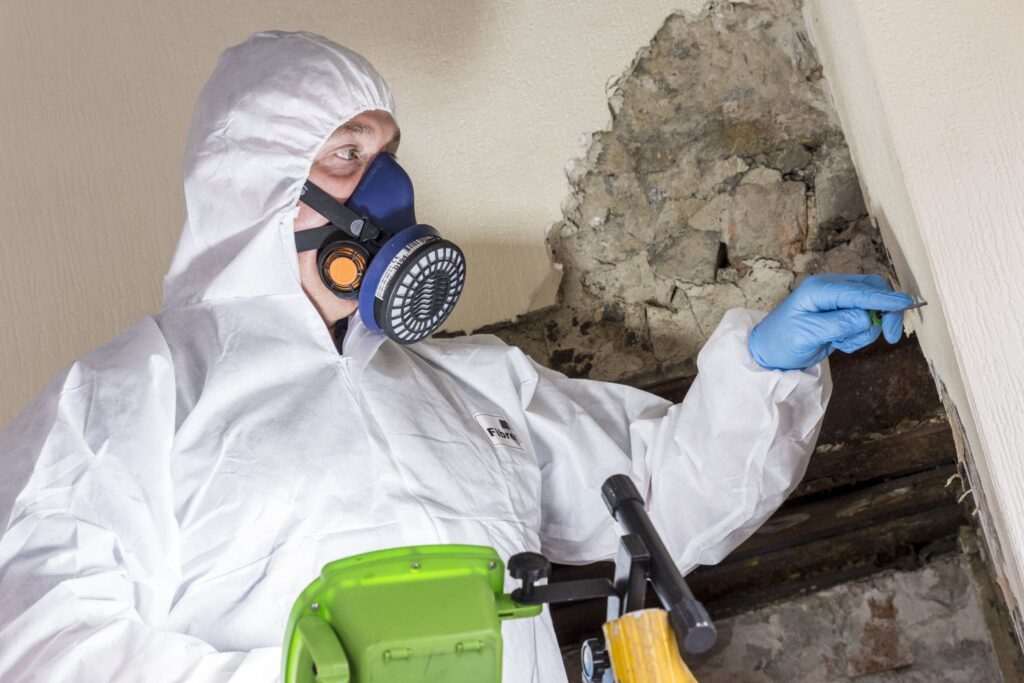The presence of asbestos in homes, workplaces, and public buildings poses significant risks, including serious respiratory diseases such as asbestosis, lung cancer, and mesothelioma. Given these dangers, it is crucial to create asbestos-free spaces to ensure safer and healthier living environments. One of the first steps in achieving asbestos-free spaces is awareness. Many older buildings, particularly those constructed before the 1980s, may still contain asbestos in materials such as insulation, roofing, flooring, and ceiling tiles. Homeowners, property managers, and business owners should be vigilant about the potential presence of asbestos and take appropriate measures to identify and manage it. Professional asbestos inspections and testing are essential before any renovation or demolition work is undertaken to prevent the accidental release of harmful fibers into the air. Once asbestos is detected, it is important to handle it safely.

In some cases, asbestos-containing materials that are in good condition may be left undisturbed, as the risk of exposure arises primarily when the fibers become airborne. However, if these materials are damaged, deteriorating, or likely to be disturbed due to construction work, professional removal by licensed asbestos abatement specialists is the safest course of action. Attempting to remove asbestos without professional assistance can lead to dangerous exposure and contamination. Regulations and guidelines on asbestos management vary by region, but most countries have strict policies regarding its handling and disposal. Compliance with these regulations ensures that asbestos is safely removed and disposed of in designated facilities without causing harm to the environment or public health. Governments and organizations also play a crucial role in raising awareness and enforcing stringent measures to phase out asbestos use entirely in new construction projects. Creating asbestos-free spaces goes beyond removal it involves using safer, alternative materials in construction and renovation. Modern building materials such as fiberglass insulation, cellulose fiber, and thermoplastic composites offer excellent durability, insulation, and fire-resistant properties without the health risks associated with asbestos.
Architects, builders, and property owners should prioritize these non-toxic alternatives when planning new projects or refurbishments. Education and advocacy are also key components in promoting asbestos-free environments. Schools, workplaces, and communities should be informed about the dangers of asbestos and the importance of proper management. Training programs for construction workers and contractors can help ensure that those handling potentially hazardous materials do so safely and in compliance with regulations. Ultimately, creating asbestos-free spaces contributes to the well-being of individuals and communities. By prioritizing awareness, proper management, safe removal, regulatory compliance, and the use of safer materials, we can significantly reduce the risks associated with asbestos exposure with Asbestos removal Wolverhampton. Every effort toward eliminating asbestos from our living and working environments is a step toward a healthier, safer, and happier future for all.
